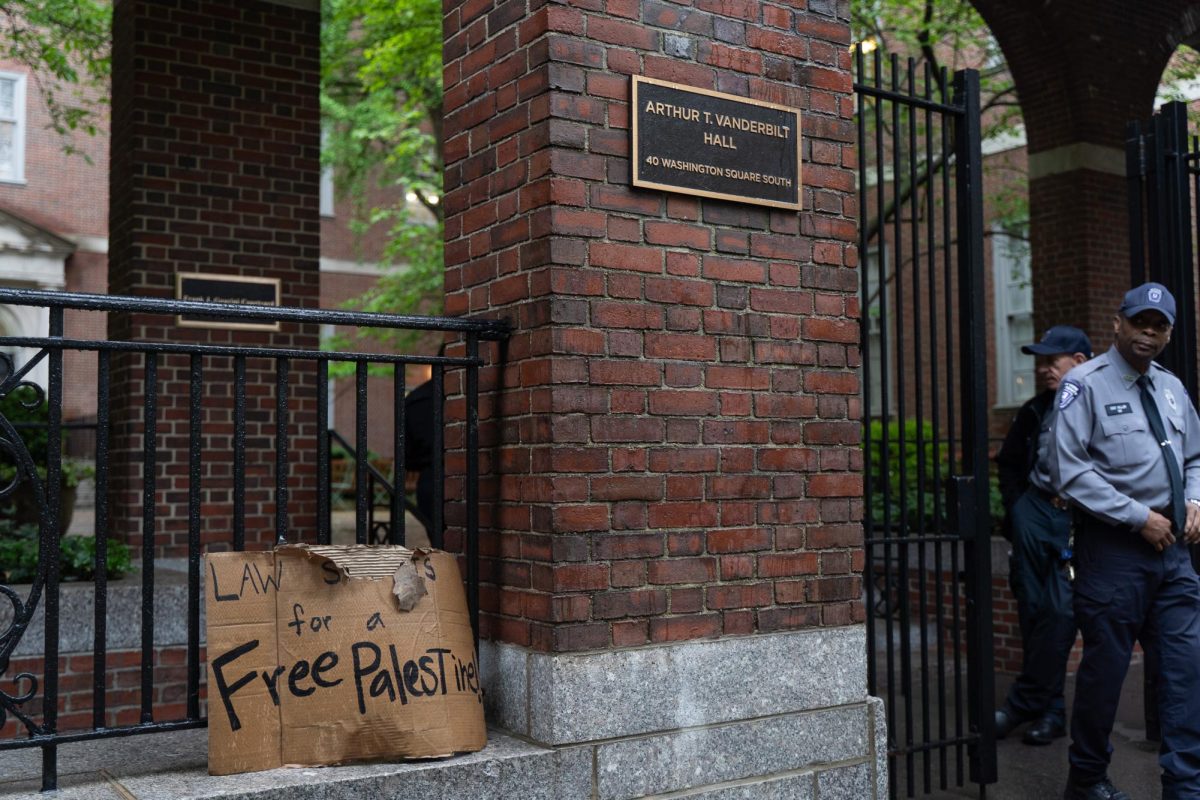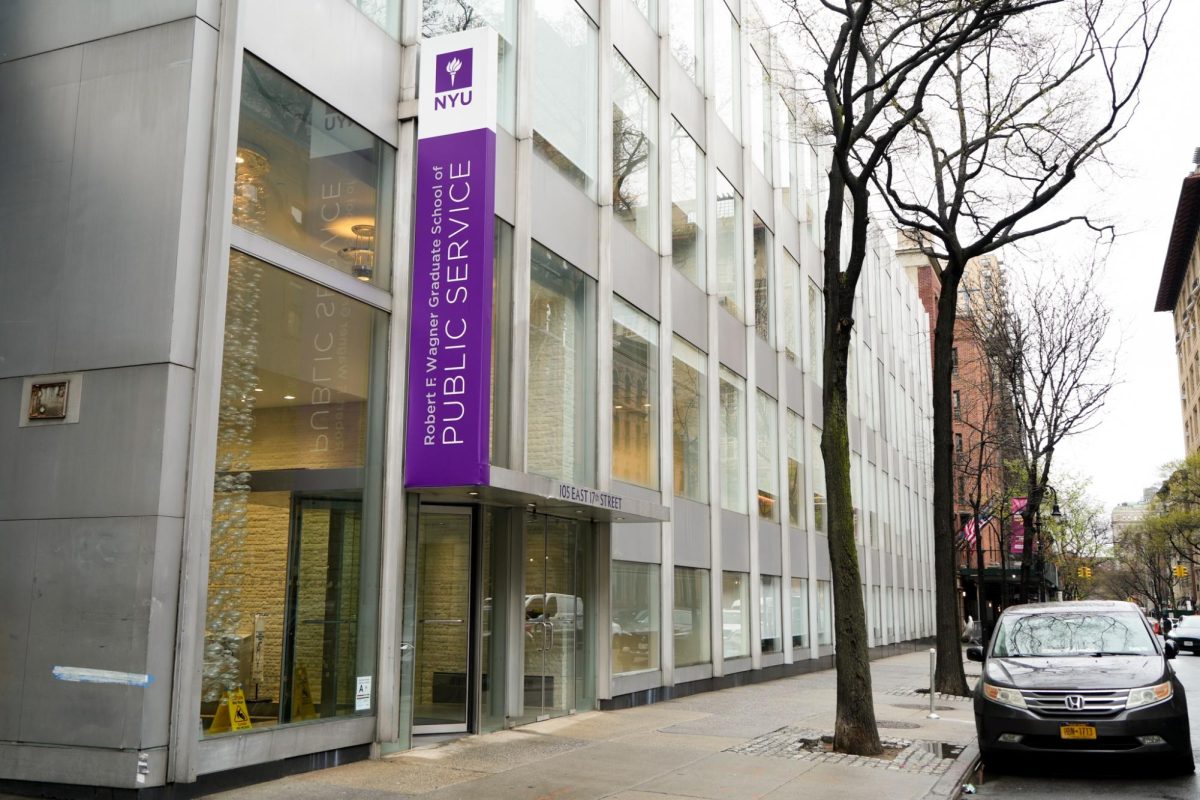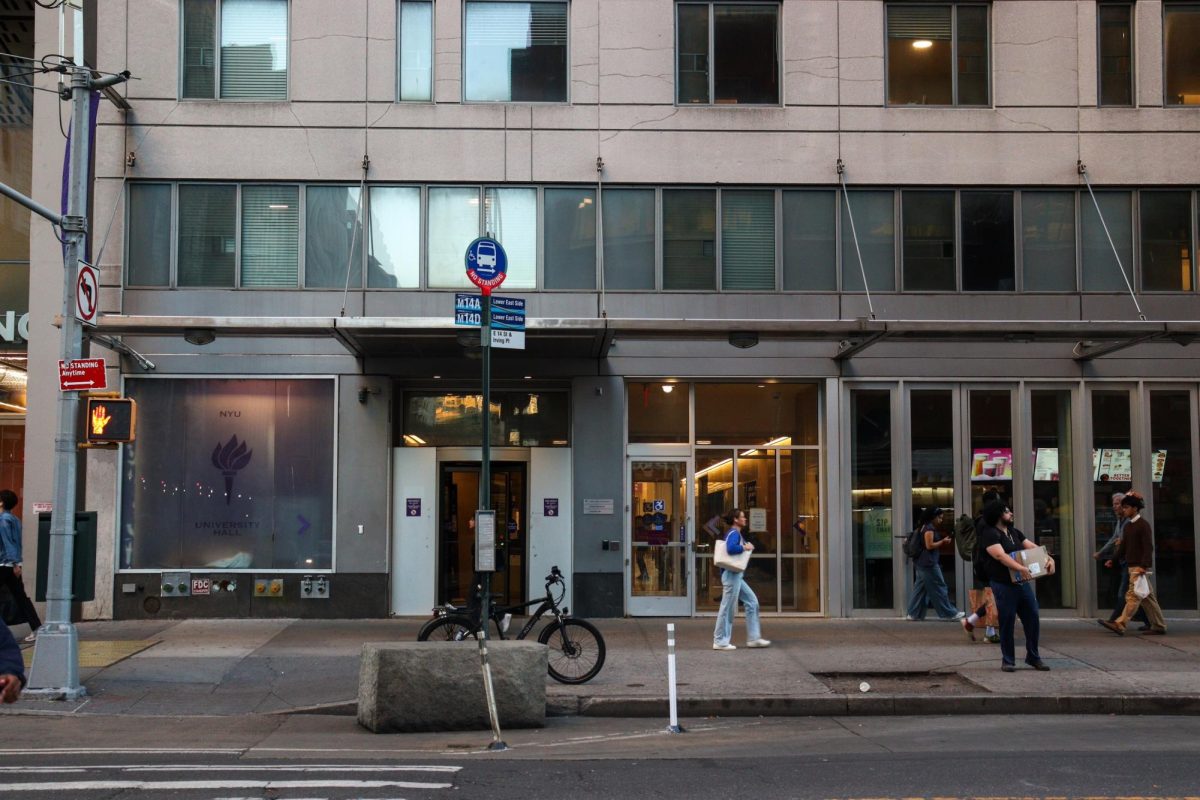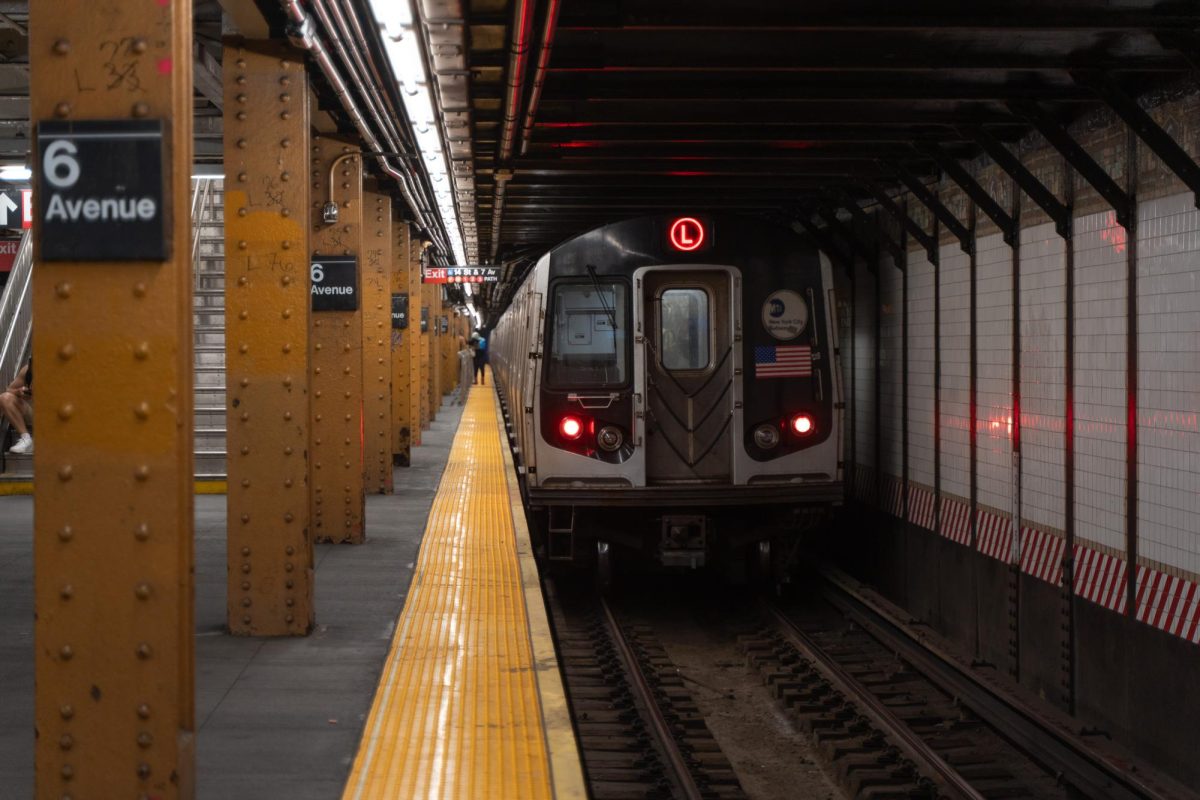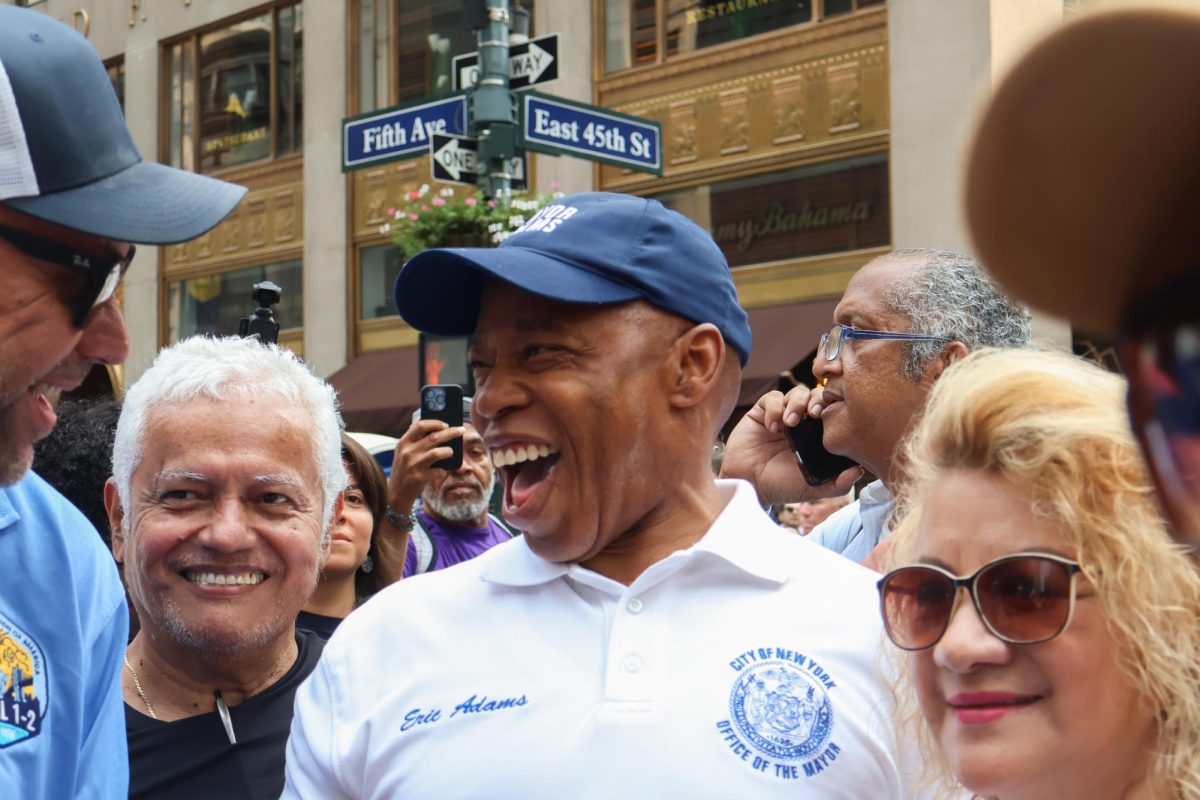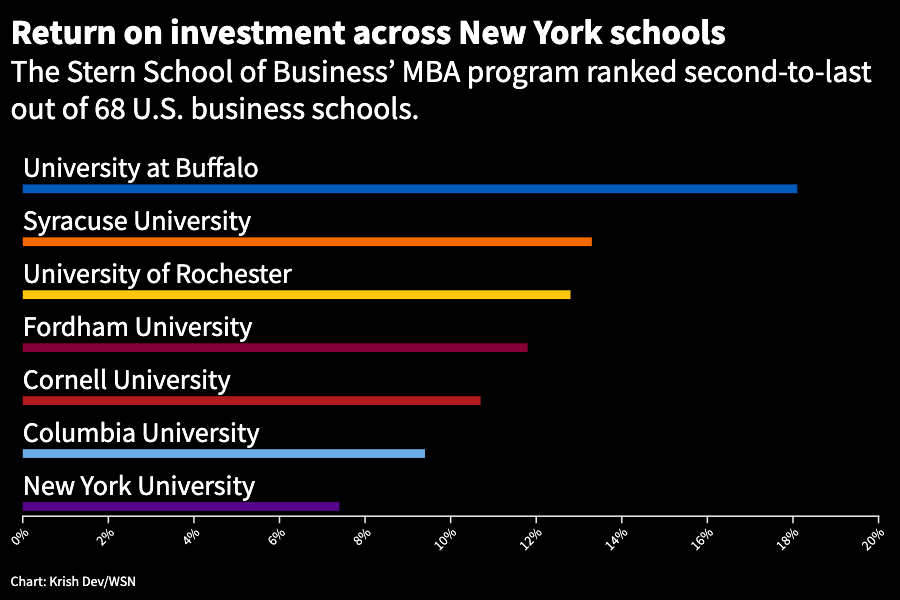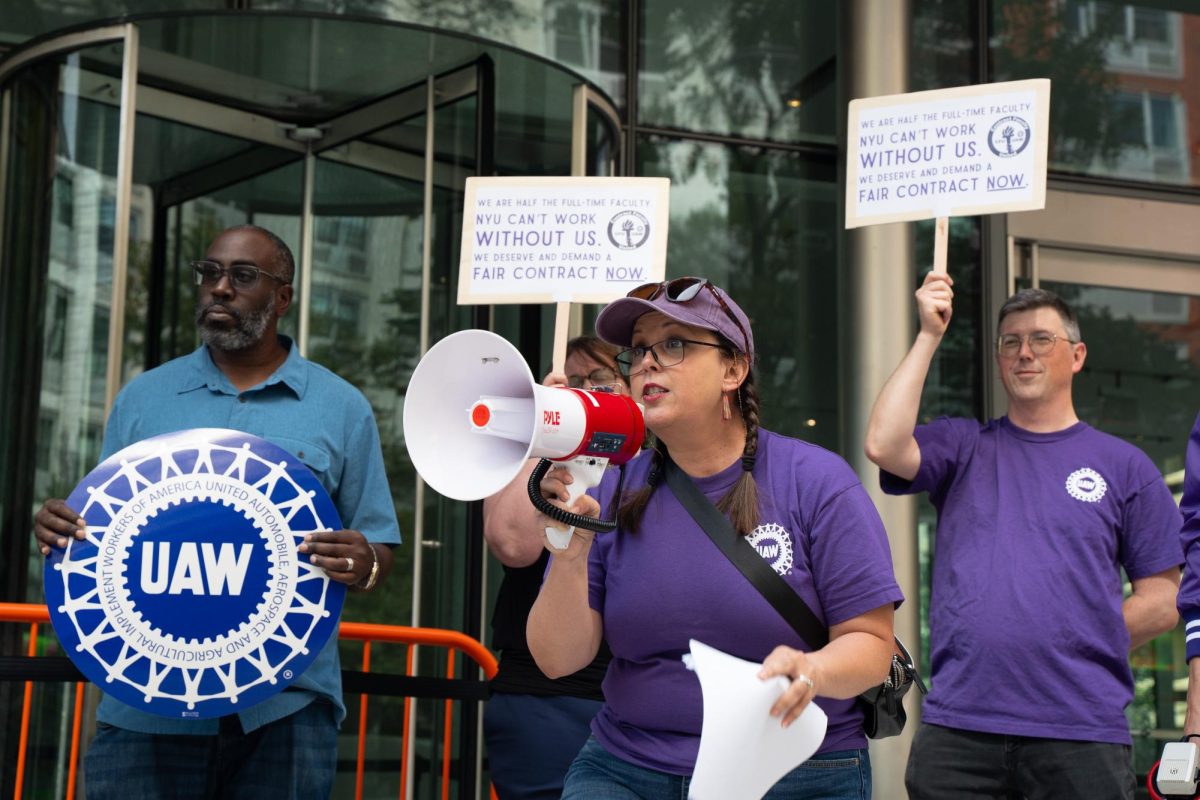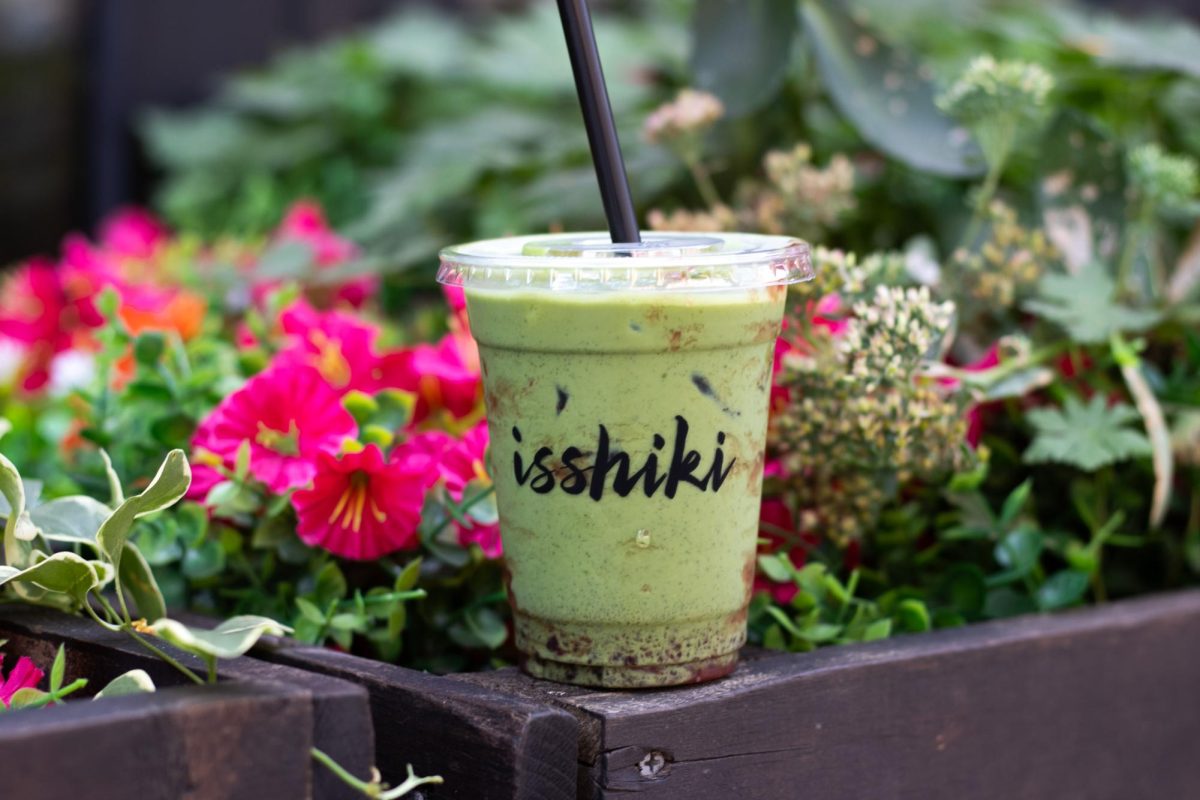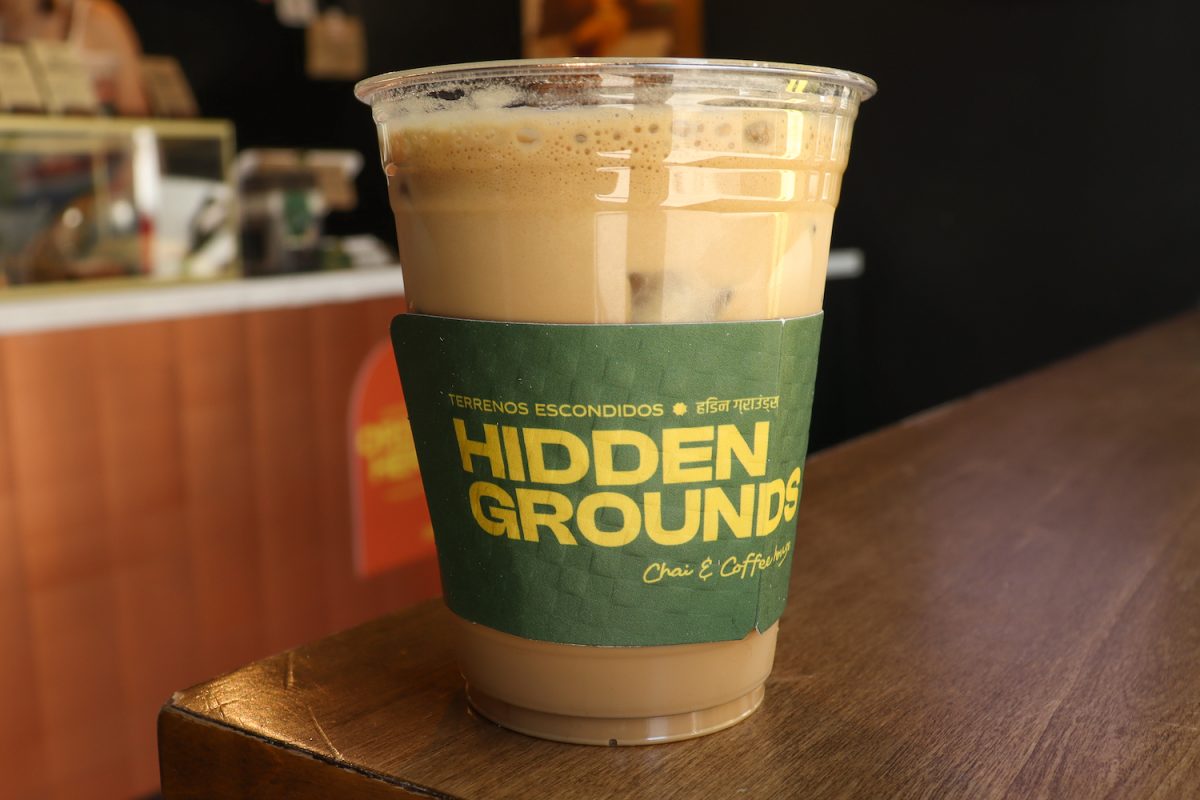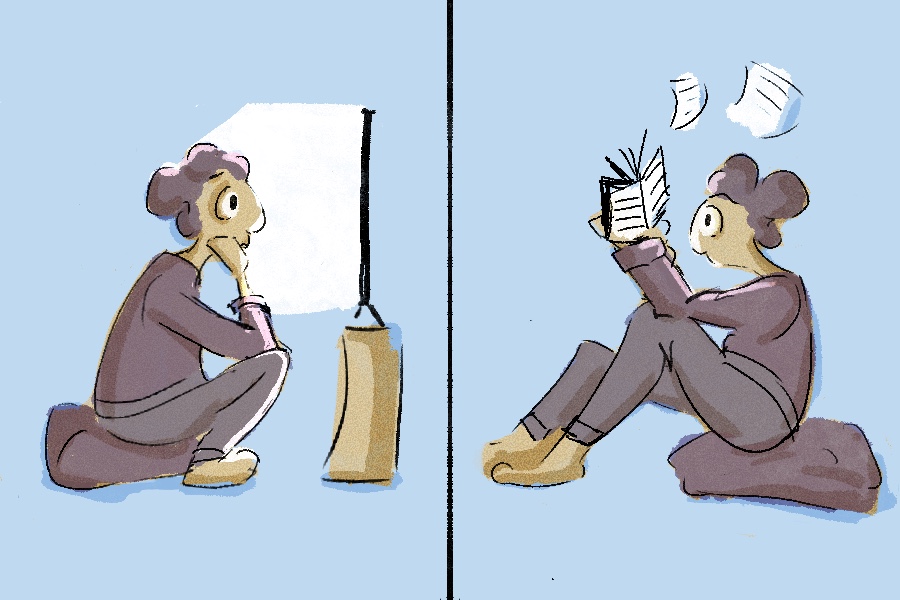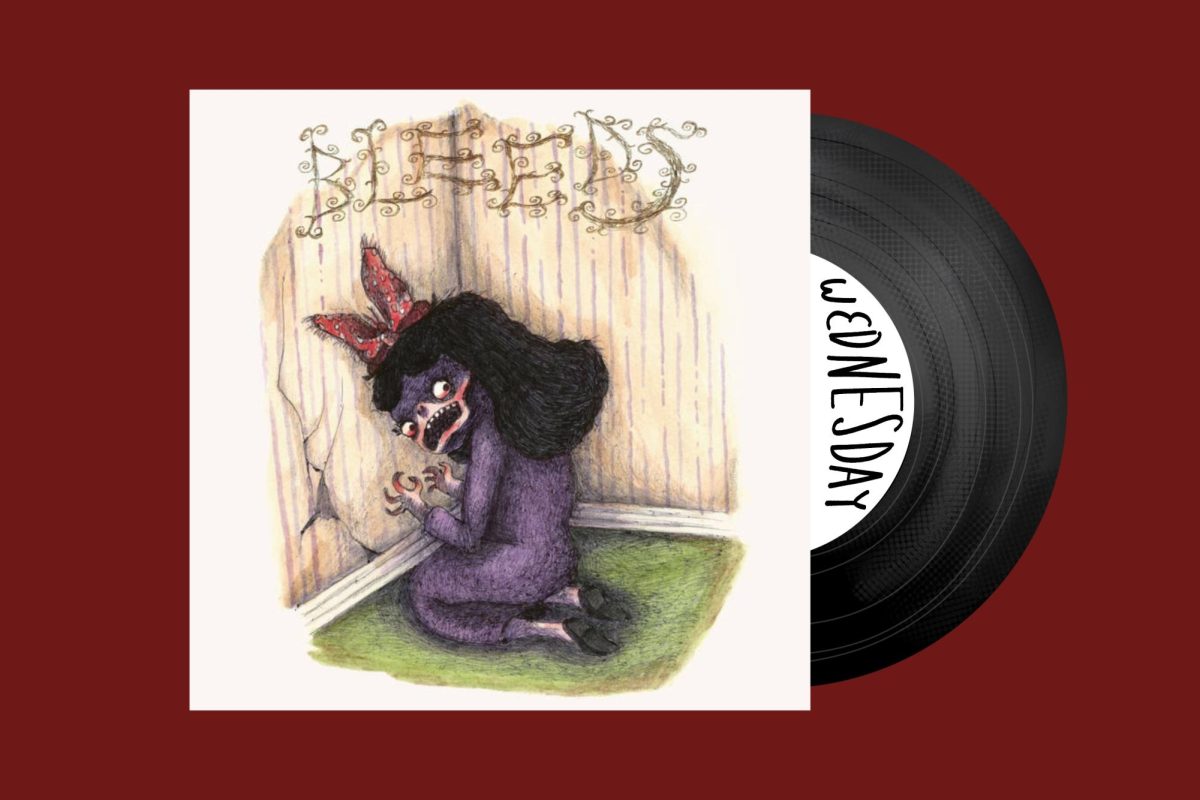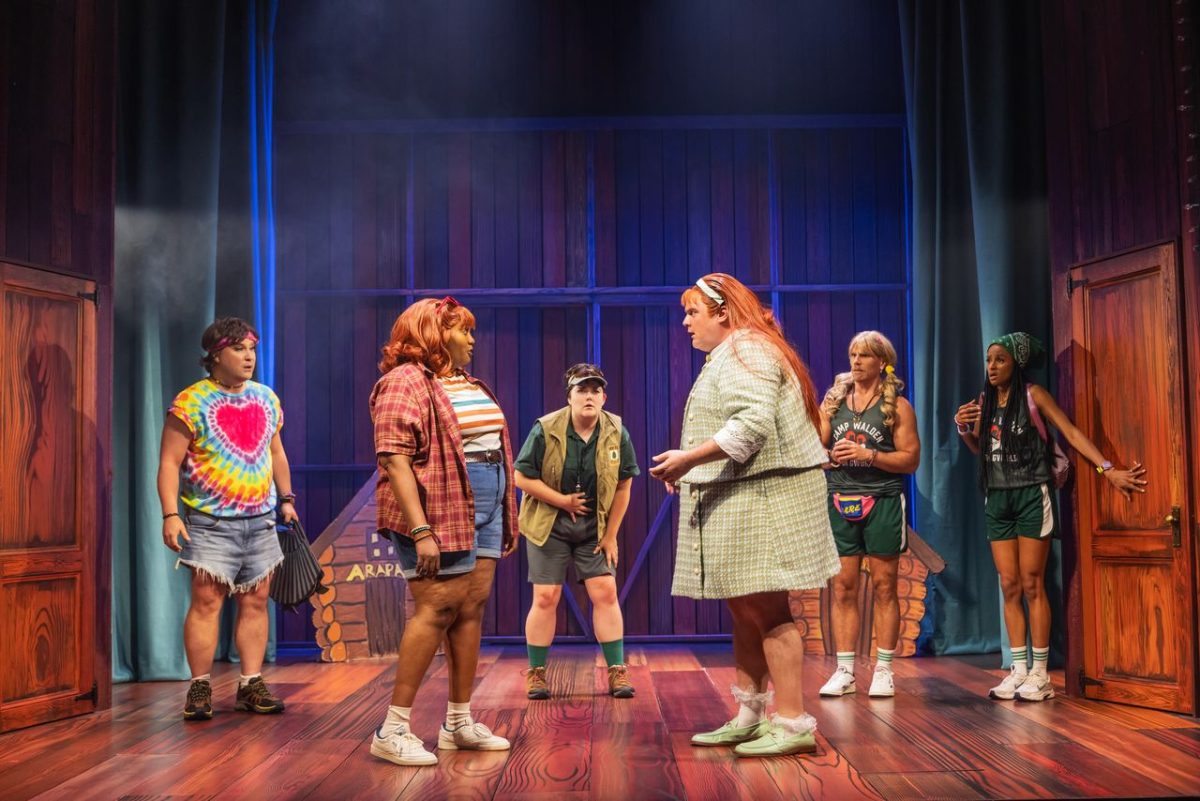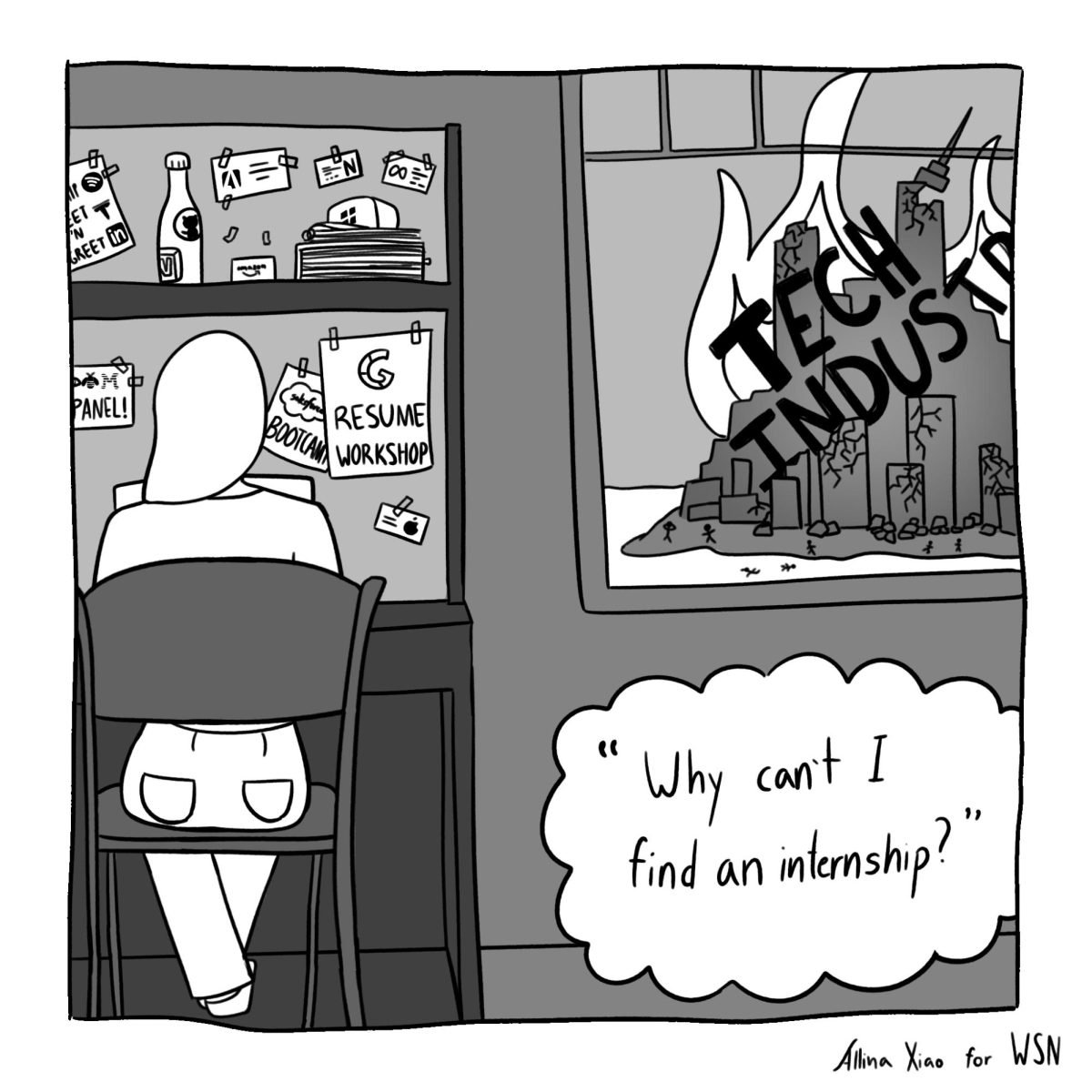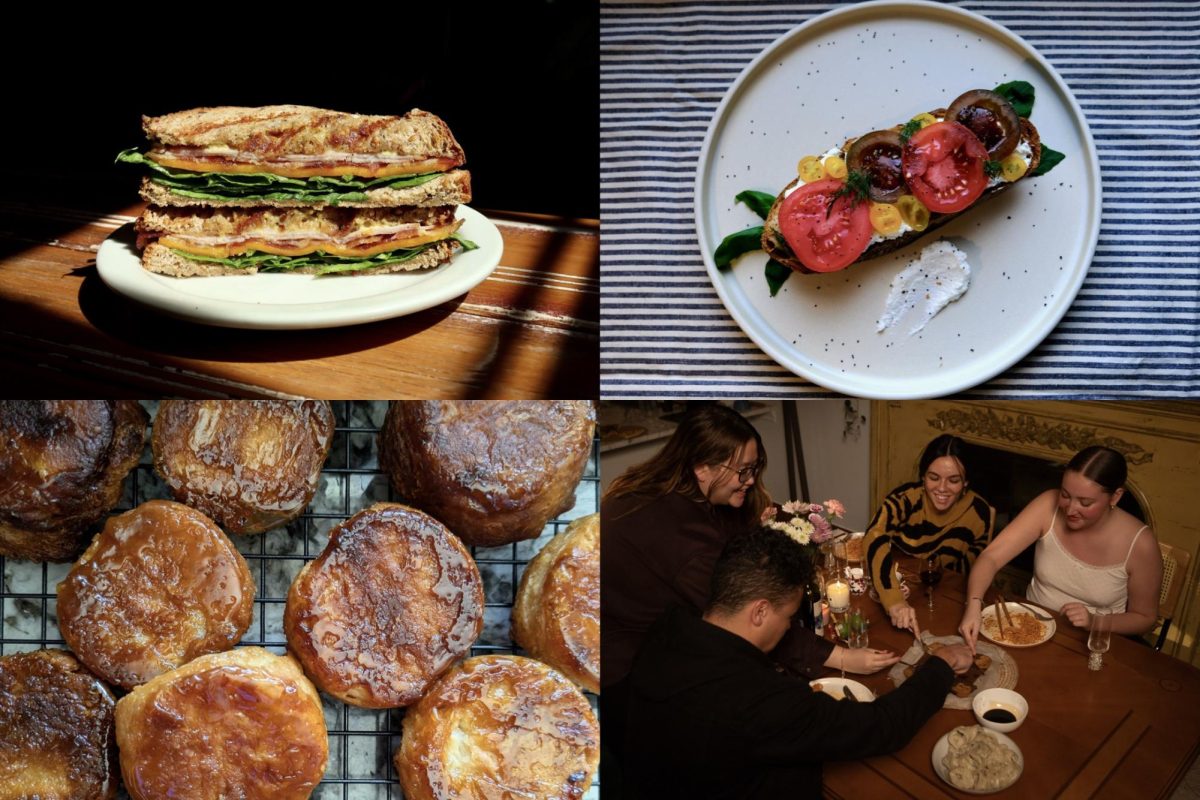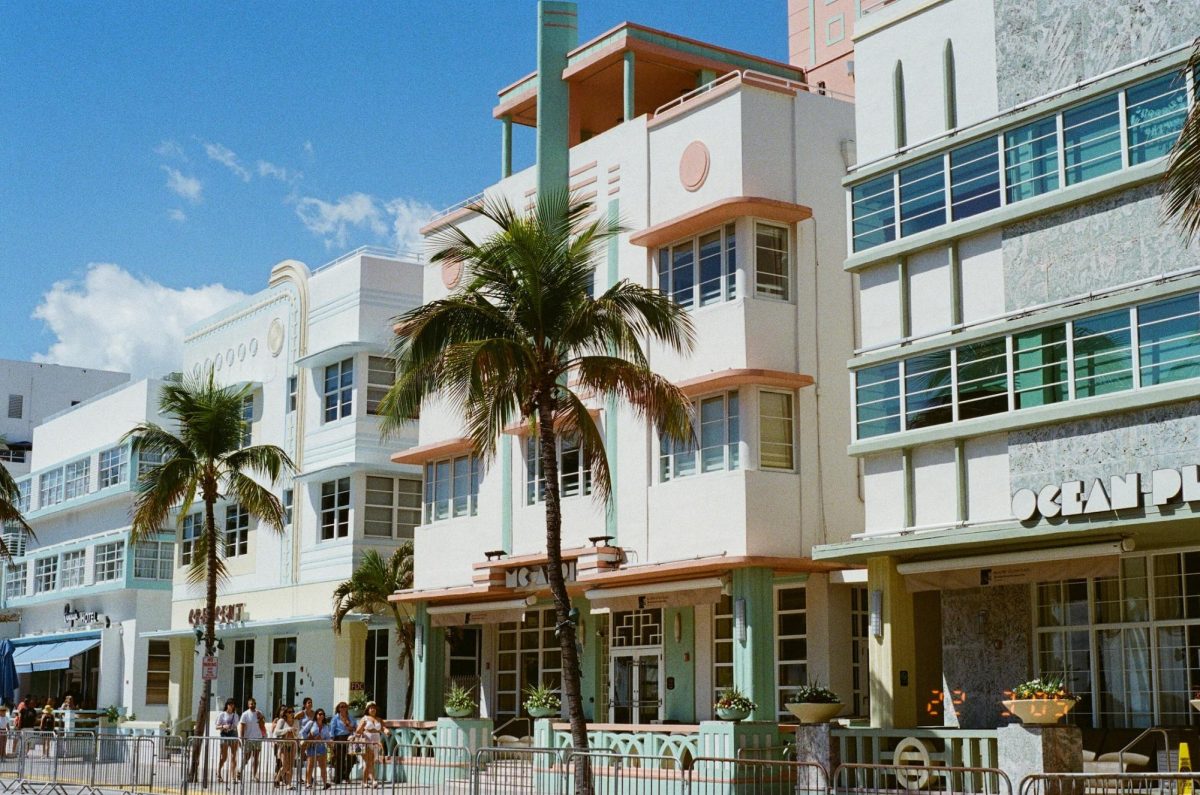When I was younger, my mom and I would visit street food markets throughout the Bronx. I remember walking around Fordham University carrying plates of food stacked on top of one another because we just couldn’t decide on one thing. I always thought the market was a magical place — it was as if we could travel from one Caribbean island to another, simply by crossing the street.
As the daughter of immigrants from the Dominican Republic, I’ve seen how my family members long for spaces that make them feel like they’re back on the island. These street markets provide exactly that — a taste of home. I remember how my mom would chat with the vendors, reminiscing about the foods she grew up with, while I stood in awe of the energy and warmth that filled the crowded streets. It was the community and connection that made these trips feel like more than just a typical weekend outing.


Vendors in the Bronx offer more than just food to their communities — they bring culture directly to the streets. Every vendor uses the flavors and traditions from their respective countries to tell a story. For example, my favorite Dominican dish, la bandera Dominicana, is a traditional lunch that includes arroz, habichuela y carne — rice, beans and meat. Each component of the dish tells its own story and represents a different color on our flag.
The fluffy, perfectly seasoned rice represents the white cross running down the center of the flag, which creates four sections alternating between red and blue. The savory beans, often stewed with garlic, onions and cilantro, symbolizes the red quadrants. And the tender meat, seasoned with a blend of oregano, bell peppers and tomatoes, represents the blue quadrants. It all comes together to create something simple yet deeply meaningful.
For me, la bandera is more than just a meal — it’s a taste of my roots, a reminder of the traditions my parents brought with them from the island. Whether I make it at home or pick it up from a vendor at a street market, these flavors are inseparable from my culture and sense of self.



The Bronx has the largest Hispanic population of all of the New York City boroughs, and there’s no place where this is better showcased than at these markets. As I pass tables draped in colorful cloths and stands decorated with national flags, the sound of salsa and bachata music fills the air. For me, spending time in the Bronx is a chance to connect even further with my Dominican roots and experience the world of Latinx culture that shines in my home borough.
However, it’s important to acknowledge the struggles that many of these vendors experience. Despite the value they bring to the community, vendors often rely on word-of-mouth and loyal customers to keep business going, especially when competing with larger food chains. Many vendors also operate in the gray area of legality due to the difficulty of obtaining permits, and often have to deal with tight regulations and threats of shutdown. During the pandemic, many food trucks were forced to close because of a decrease in customers. But in spite of these obstacles, vendors still show up every day and to preserve traditions that would otherwise be lost in the hustle and bustle of city life. Their resilience is a quiet form of strength that many overlook, but one that keeps our heritage alive.
Street vendors bridge the gap between the younger generation of Hispanic immigrants and their parents or grandparents. For those who immigrated to the Bronx, vendors provide a way for people to hold onto the familiar in an unfamiliar place. For those of us born in the United States, though, we don’t always have that same connection to our families’ homelands, markets give us a place to connect with where we come from, even if we’ve never been there ourselves.
As I’ve grown older, I’ve come to appreciate vendors more than I did as a child. I recognize the complex ways they uphold our cultural traditions while also understanding the difficulties they face. I’m grateful for the vendors in the Bronx who are keeping our culture alive — not with grand gestures, but with everyday interactions. As Hispanic Heritage Month ends, I hope we remember the value they bring to our communities — even from NYU, where a train ride to the Bronx takes about an hour, street vendors can offer the smells, sights and tastes of home for Latinx students. These vendors are the heart and soul of our neighborhoods, allowing future generations like mine to never forget where we came from.


Contact Kate Serrano at [email protected].

